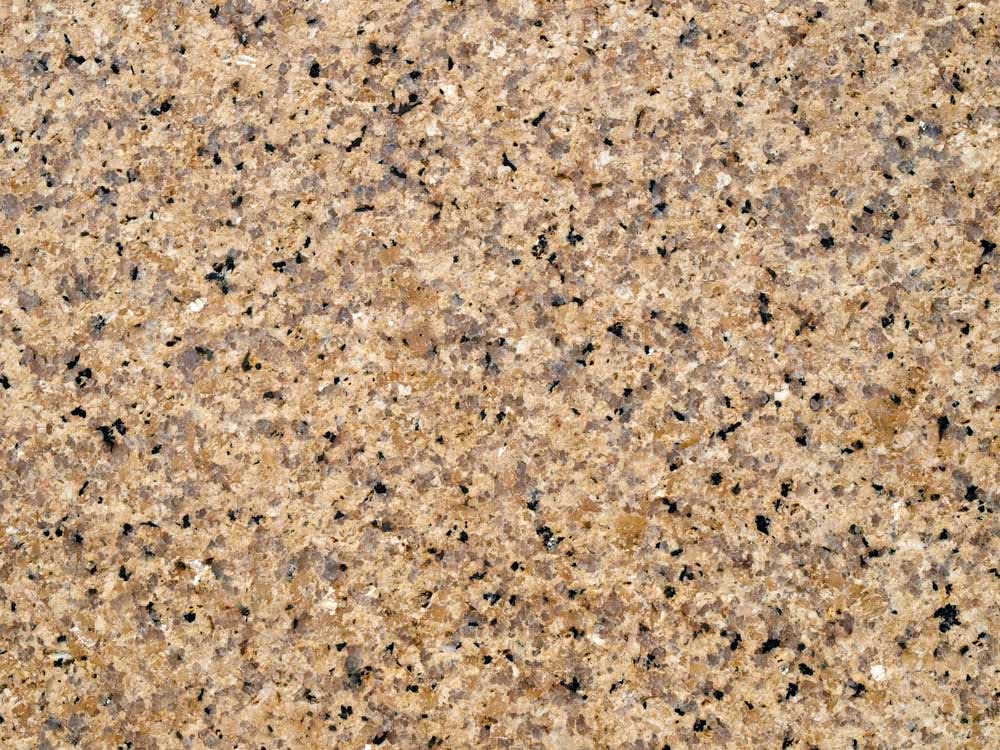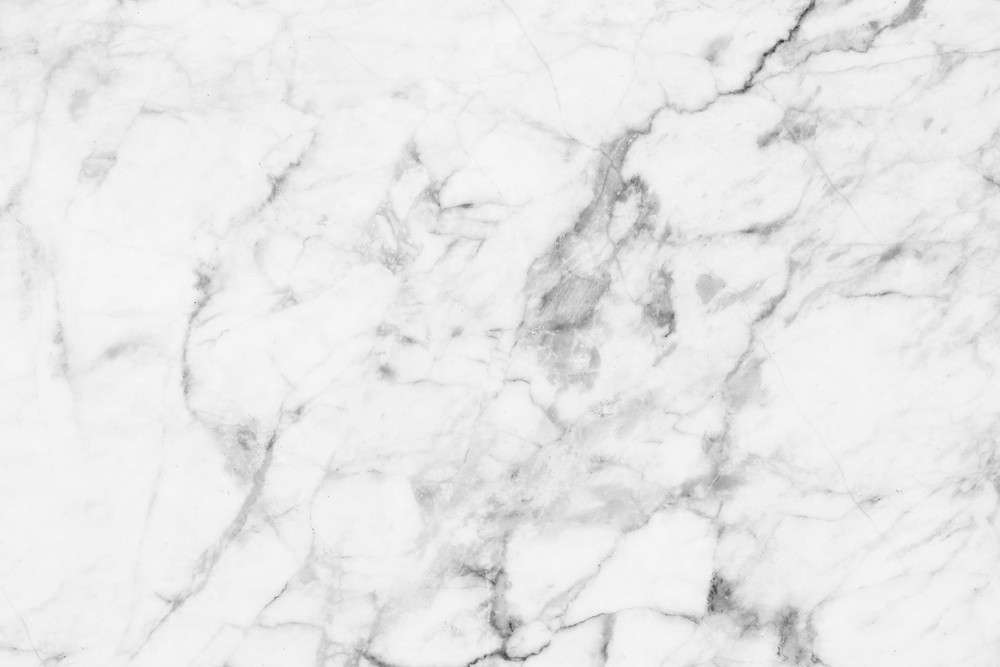At first glance, marble and granite can even be confusing. But just a little more attention is enough to soon realize the countless differences between marble and granite.
And why is it important to know how to differentiate one stone from another? Simple! To help you make the best choice of flooring.
Do you want to bet that you can also make this differentiation? So continue here in the post with us that we will explain everything about these stones so popular in architecture.
Physical and natural characteristics

First, it is important to understand the physical and natural differences that exist between granite and marble. These differences are very important to determine, even, the other differences between these two stones.
Marble is a type of metamorphic rock, that is, a type of stone formed from a pre-existing rock formed from limestone and dolomite.
Over thousands of years this rock has gone through a process of great pressure and heating inside the Earth, resulting, in the end, in the marble we know today.
Granite, on the other hand, is a type of igneous rock formed by three minerals: quartz, mica and feldspar.
Granite has a formation process contrary to marble. This is because it is the result of cooling the magma.
This difference in the formation of marble and granite is what gives the two stones such distinct characteristics.
And the main one concerns resistance, as you will see below.
Strength and durability
Marble has a degree of hardness equivalent to position 3 on the Mohs Scale.
And what is this Mohs Scale? This is a table created by the German Friedrich Mohs in 1812 to determine the degree of hardness and resistance of the materials found in nature.
Just to give you an idea, the diamond is the hardest material that has news, reaching the 10th position on the scale, the highest. This means that no other material is capable of scratching a diamond other than itself.
What does not happen with marble, for example, since it can be easily scratched by harder materials on the scale, such as iron, steel, nickel and even granite.
And speaking of granite, just so you know, the stone has a degree of hardness 7 on the Mohs Scale, that is, it is much more resistant than marble.
Therefore, the risk test is the first thing you should do to differentiate marble from granite. With the tip of a key, for example, try to scratch the surface of the stone. To scratch is marble, otherwise it is granite.
Stains and wear
The strength of the stone also directly impacts durability. Marble, for example, because it is a less resistant stone ends up wearing out much more easily with friction.
For this reason it is not very advisable to use marble for floors, unless it receives a special treatment to avoid scratches and wear on the surface.
Granite, on the other hand, better supports friction and, therefore, is more suitable for use on the floor.
Another important feature that differentiates marble and granite are the stains. Marble is a material that has greater porosity than granite, making it absorb liquid and moisture more easily.
Can you imagine the damage that grape juice can do to white marble? Better not even think! That is why it is not recommended to use marble, especially those with lighter colors, on countertops of kitchen sinks.
And the granite? Granite is also subject to stains, since it is not considered an impermeable material, especially those with a light color. But, unlike marble, granite has less porosity and, consequently, ends up absorbing less moisture.
Appearance
Is there a difference in the appearance of marble and granite? Yes there is! Marble can be easily recognized by the striking veins, whereas granite has granulations on its surface, similar to small dots in shades usually darker than the background color of the stone.
A good example to differentiate one stone from another is to compare Carrara marble with gray granite. Carrara marble has a white background with gray veins, while gray granite has a gray background with black and dark gray granulations.
The types of marble most used are those of neutral colors, such as white (carrara, piguês and thassos) and black (nero marquina and carrara black).
The same goes for granites. The most popular are the black granite São Gabriel and Preto Absoluto and the white versions, such as Siena, Itaunas and Dallas.
The colored stones, however, have conquered a bigger space in the last years, mainly in colors like brown, green and blue.
It is also worth mentioning that marble, unlike granite, has a great visual appeal, mainly because of the veins. As a result, the stone ends up gaining more prominence in the projects, easily becoming the protagonist of an environment.
Granite, in turn, ends up being a great choice when the intention is to use a cleaner and more discreet stone for cladding, especially the black stone.
Applications and Uses
Both marble and granite can be used for numerous applications in residential and commercial spaces.
Floor and wall covering, however, is the most common form of use for these materials.
But it is important to remember that marble is a stone with less resistance and durability, in addition to being porous and slippery. For this reason, it is recommended to use marble floors in spaces with little traffic by people and preferably that are not wet, as is the case with kitchens and bathrooms.
In this case, marble can be a great flooring option for bedrooms, living rooms, corridors and stairs.
Granite also has the characteristic of being slippery, despite being more resistant. Because of this, the use of stone is also recommended for dry and indoor areas.
Avoid using marble and granite in outdoor areas, such as pool edges and barbecue areas, for example.
Granite and marble can also be used as an option for wall panels in TV rooms and bedrooms. Currently, the hexagonal plate models are the ones that stand out the most, since they retain the classic aesthetic of these stones, but with the advantage of offering a modern touch.
The stones still have great aesthetic potential when used in furniture, especially as table tops and sideboards.
Price
We could not finish this post without first talking about another fundamental difference between marble and granite: the price.
Marble is considered a more noble stone than granite, precisely because it is rarer in nature.
But not only that. In countries like Brazil, there are practically no marble reserves. This means that all marble used here is mostly imported. The result of this is the increase in price, influenced mainly by the fluctuation of foreign currencies, such as the dollar and the euro.
Granite, on the other hand, is a more abundant stone in Brazil, which makes it more affordable.
Just to give you an idea, the square meter of the simplest and most popular granite, gray, costs around R $ 160. Marble, on the other hand, can start at around R $ 500 per square meter.
Differences between marble and granite: final considerations

Marble
Briefly, we can characterize marble as a type of natural stone with striking veins on every surface, available in shades ranging from white to black, through shades of green, blue and red.
Durable, resistant (less than granite, but still resistant) and that can be used for countless architectural applications.
Porous, marble can stain easily, so it should be avoided in humid and wet places, also because this stone is very smooth and slippery.
When compared to granite, marble is a more expensive stone.
Granite
Granite is a type of natural stone characterized by a dotted surface, with granules of varying sizes. Available in different shades, but more common in shades of white, black and gray.
More durable and resistant than marble, granite is also a porous stone, but with less predisposition to stains.
With numerous deposits in Brazil, granite is currently the cheapest option of stone for countertops, floors and coverings.
Did you see how important it is to know the differences between marble and granite? Now you can make the best flooring option for your home



